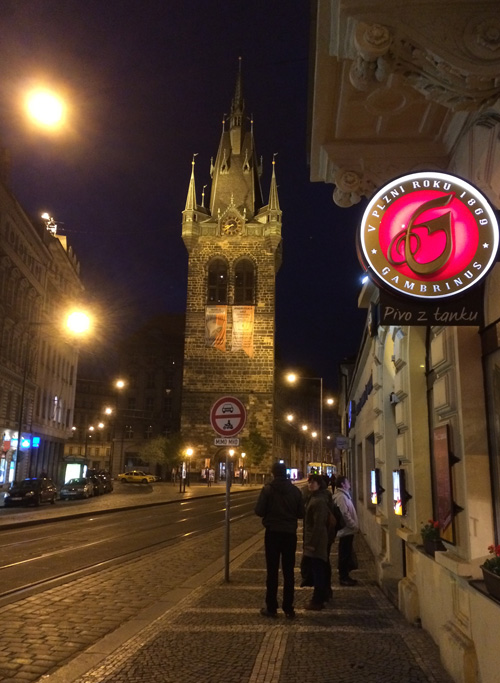Lavishly Illustrated Plans for World Domination
![]() As co-writers who work together in the textual medium, Jen and Kent are somewhat unusual. However, there are other storytelling forms wherein laboring in solitude would be the exception. In the case of film, it’s nearly unheard of for one person to create the whole thing.
As co-writers who work together in the textual medium, Jen and Kent are somewhat unusual. However, there are other storytelling forms wherein laboring in solitude would be the exception. In the case of film, it’s nearly unheard of for one person to create the whole thing.
We’re fascinated by other storytellers’ processes, and recently we had the chance to bask in the genius of Alejandro Jodorowsky (not in person, sadly, but still). By now you certainly have heard about Jodorowsky’s Dune, the documentary of the almost-making of the greatest movie that doesn’t exist. (No? Search it now, then come back. You’ll thank us.)
In particular, we were captivated by the book. (And here we don’t mean the novel he was adapting.)
Jodorowsky compiled his team’s fabulous concept art and shot-by-shot storyboards into a mammoth book for presentation to Hollywood studios. He knew that a vision so audacious would seem unattainable, thus the meticulous (and gorgeous) documentation of how he planned to bring it about.
The photos don’t convey the book’s immenseness. It’s the size of a shoebox.
For Rune Skelley, Jodorowsky’s presentation book for Dune is inspirational. We have a fairly detailed (and occasionally colorful) process of our own, which is not going to seem very impressive next to what’s mentioned above. But we do put in a lot of effort up front because, when you’re working as a team, whether on a novel or a film, it’s crucial to know that you’re sharing the same vision.
In addition to the used-up steno pad, and the rainbow, and the prose outline, and the nearly-but-not-quite traditional outline, and the stubs, we also pull together piles of other notes and images that connect us to the story world.
Early in the process, we “cast” every role in the book by tracking down pictures of people who could play them. Often these are photos of famous actors, but we don’t limit ourselves when searching. These photos become incorporated into the character sheets that list out other basic data about each person in the story.
Another thing we do is “scout locations,” choosing real-world buildings to serve as templates, or sometimes to play themselves. In son-of-music novel, a family purchases a certain well known landmark mansion. Jen has been doing a little nip and tuck on the floor plan to bring it into line with the new occupants’ needs, while respecting the historical character of the structure of course.
Kent’s done a fair bit of research, most of which is classified. The most enjoyable part was putting together a gallery of fractal images and coming up with a categorization system for them. (He realizes fractals have already been categorized, but not in a way that meets Rune Skelley’s requirements.)
As with everything else about writing our books, we’re mad planners where world-building is concerned. And even when our settings resemble consensus reality — superficially — we devote the energy to make sure we can feel them under our nails.





